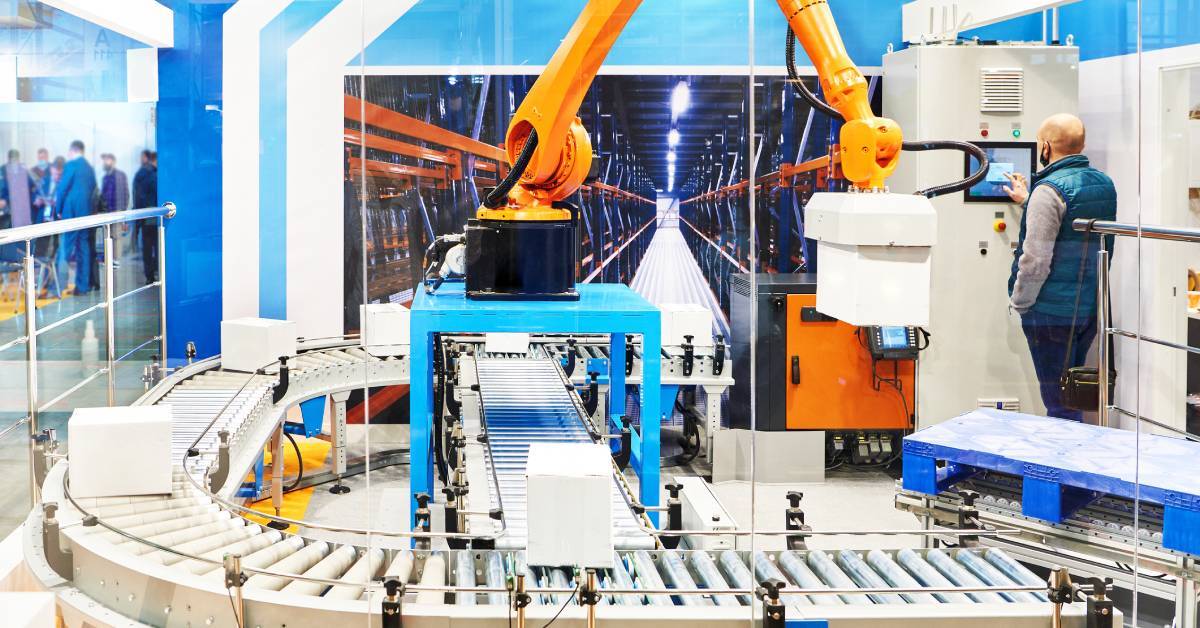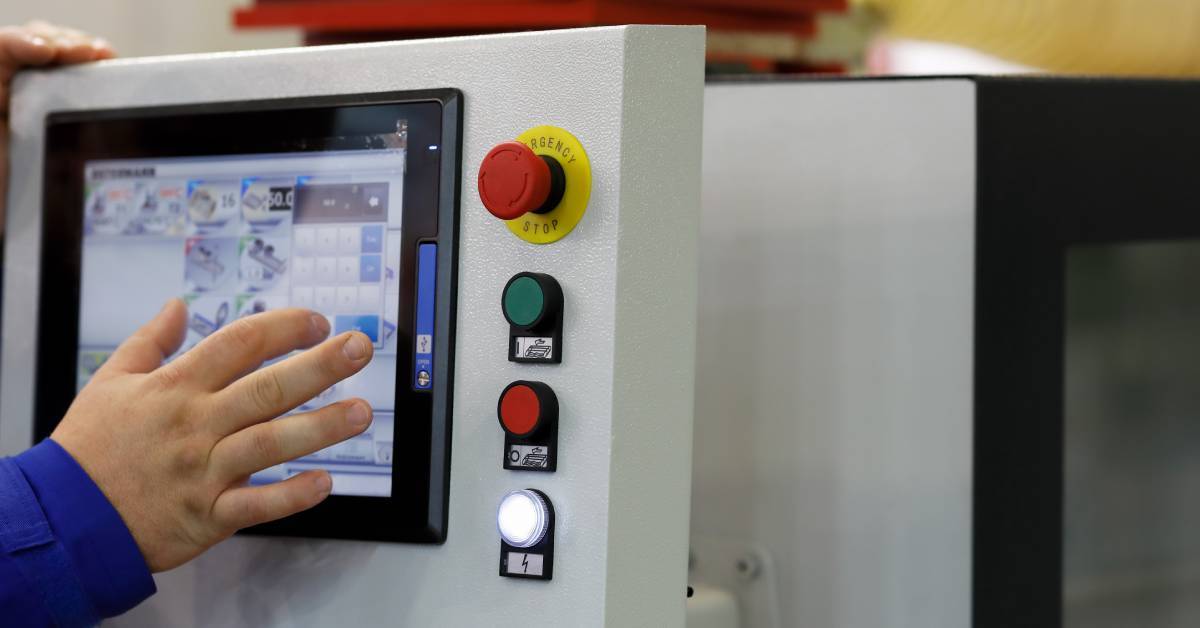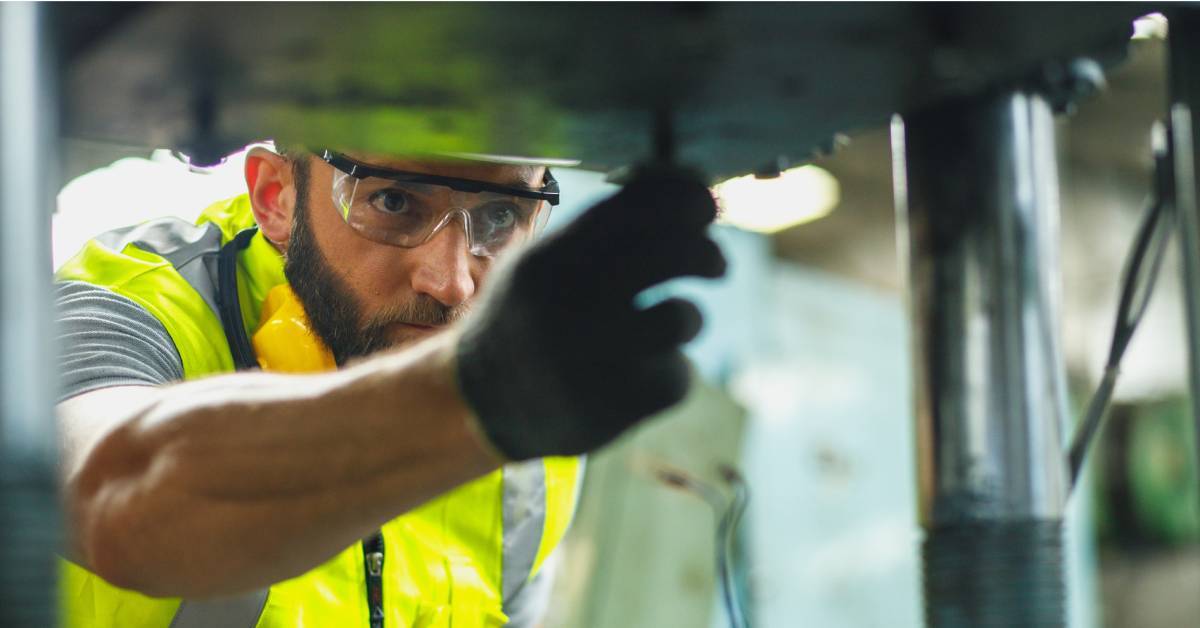
Automatic palletizer machines are widely used in industries ranging from food and beverage to electronics. They enhance productivity and accuracy while reducing manual labor requirements, making them a critical tool for improving operational efficiency. However, as with many industrial technologies, common misconceptions about automatic palletizer machines can deter business owners from making informed decisions regarding integrating these devices. Learn the truth about automatic palletizers’ capabilities, affordability, and suitability for various operational needs.
They Only Fit Large Budgets
Some business owners and managers mistakenly believe that automatic palletizer machines are reserved for large-scale operations with substantial budgets. While that may have been true for earlier models, modern advancements have made these machines more accessible and scalable.
Today’s palletizer machines integrate modular designs and adaptable configurations, allowing businesses to scale their investments based on specific needs. Energy-efficient systems and advanced technology have also reduced operational costs, making them a viable option for smaller budgets. Additionally, compact models with straightforward setups and user-friendly interfaces cater specifically to businesses seeking cost-effective solutions without sacrificing quality and functionality.
How Automation Saves Money Over Time
Automatic palletizer machines require an upfront investment, which may initially seem significant for businesses. However, their ability to streamline operations and reduce labor-intensive manual tasks results in substantial long-term cost savings. Automation helps minimize errors and increase productivity. Over time, automatic palletizers can provide an excellent return on investment, making them a strategic choice for businesses aiming to enhance profitability.

They Are Difficult To Program and Operate
Another common misconception about automatic palletizer machines is that they are complex to operate and require substantial training. While the initial setup may need expert input, today’s automated palletizers are built with user-friendliness in mind.
With programmable settings, these machines can accommodate products of various shapes, sizes, and configurations within the same load. Operators can customize the settings on adjustable grippers, conveyors, and layer-forming mechanisms to suit the specific dimensions and weights of the products. This flexibility is invaluable for industries like retail or pharmaceuticals, where handling mixed-size items is a day-to-day necessity.
Most modern automatic palletizers come equipped with intuitive interfaces and customizable presets. Once the machines are configured, operators can easily manage tasks with minimal effort, ensuring that even companies without in-house technical teams can leverage their capabilities effectively.
Customizable Operations
Today’s palletizers are designed with adaptability in mind. Whether an operation requires different stacking patterns, product-specific handling, or throughput speeds, these machines can be configured to meet unique requirements.
This provides efficient stacking, minimizes the risk of damage during handling or transportation, and enhances overall operational efficiency. Additionally, tailored configurations allow businesses to adjust to changes in production demands or packaging standards seamlessly.
They Are Challenging To Integrate
Some facilities hesitate to add automated palletizers to their lines because they worry the process is overly complex and disruptive. Modern palletizers, however, are designed with advanced compatibility, allowing them to work seamlessly with conveyors, robotic arms, and other packaging equipment.
Additionally, many palletizers now feature modular designs and customizable software, enabling businesses to synchronize operations more effectively. This flexibility supports the creation of cohesive, fully automated workflows, ultimately optimizing overall productivity and enhancing the efficiency of industrial processes.

They Have High Maintenance Requirements
Concerns about frequent breakdowns and high maintenance needs can make companies hesitant to adopt palletizer machines. High-quality automatic palletizers are engineered to endure rigorous industrial use over the years.
Regular maintenance for automatic palletizers focuses on preventative care to ensure consistent performance. This typically includes performing routine inspections, cleaning key components, and applying lubrication as outlined in the manufacturer’s guidelines. By adhering to a maintenance schedule, companies can maximize the lifespan of their equipment and minimize unplanned downtime.
They Take Up Too Much Space
Space is often a concern for manufacturing facilities, particularly those operating in smaller buildings or with limited floor plans. Older automatic palletizers were larger and less flexible than today’s models.
The following key factors determine how much space a palletizer will require within a facility:
- The size and design of the palletizer directly influence its footprint.
- The type of palletizer, such as floor-mounted or robotic, impacts its space requirements.
- The layout of the production line can affect how the palletizer integrates and the space it occupies.
- The size and type of products being handled play a role in determining the palletizer’s dimensions.
- The inclusion of additional features, like conveyors or infeed systems, increases space needs.
Before installing an automatic palletizer, assess your facility’s available floor space and ceiling height to ensure proper accommodation. Verify the equipment’s dimensions, including operational clearance, and confirm that it aligns with your production layout without obstructing workflows. Additionally, consider the accessibility needed for maintenance and operator movement to optimize efficiency in your workspace.
High-Infeed Palletizers vs. Low-Infeed Palletizers
Your packaging equipment supplier can recommend suitable types and sizes of palletizing machines for your business. For example, high-infeed palletizers operate at elevated input heights and are typically used in facilities with additional overhead clearance. While they may require slightly more vertical space, they often save on horizontal footprint. This is advantageous for warehouses where vertical layout management is practical.
On the other hand, low-infeed palletizers have their input closer to the floor, which makes them suitable for buildings with height restrictions. The infeed height is just one consideration businesses need to make when finding a palletizer that fits their spatial constraints.
They Aren’t Suitable for Delicate or Fragile Items
Some businesses handling fragile products, such as glassware or electronics, assume manual labor is the only solution for palletizing, but palletizers can process more than robust or durable items.
Innovative palletizer machines address this challenge with advanced gentle handling systems. Features like soft-grip mechanisms, optimized gripping speeds, and cushioned drop zones ensure the safe transfer and stacking of even the most delicate items. This means industries requiring precision and care can now adopt automation without sacrificing product integrity.
Modern automatic palletizer machines are far more versatile, adaptable, and accessible than most people realize. From accommodating limited budgets to meeting unique production requirements, these machines provide businesses with significant efficiency gains, cost savings, and operational flexibility. Review your packaging workflow to pinpoint stages where manual palletizing slows production, then consider whether an automatic palletizer can streamline those workflows and improve consistency.
